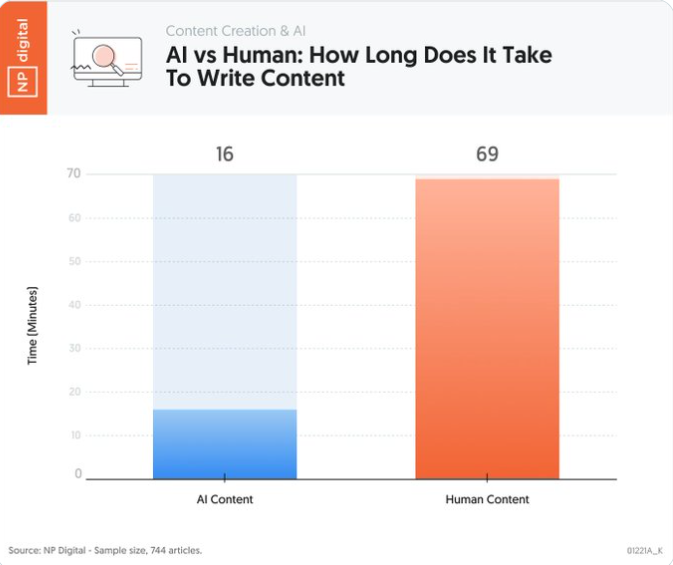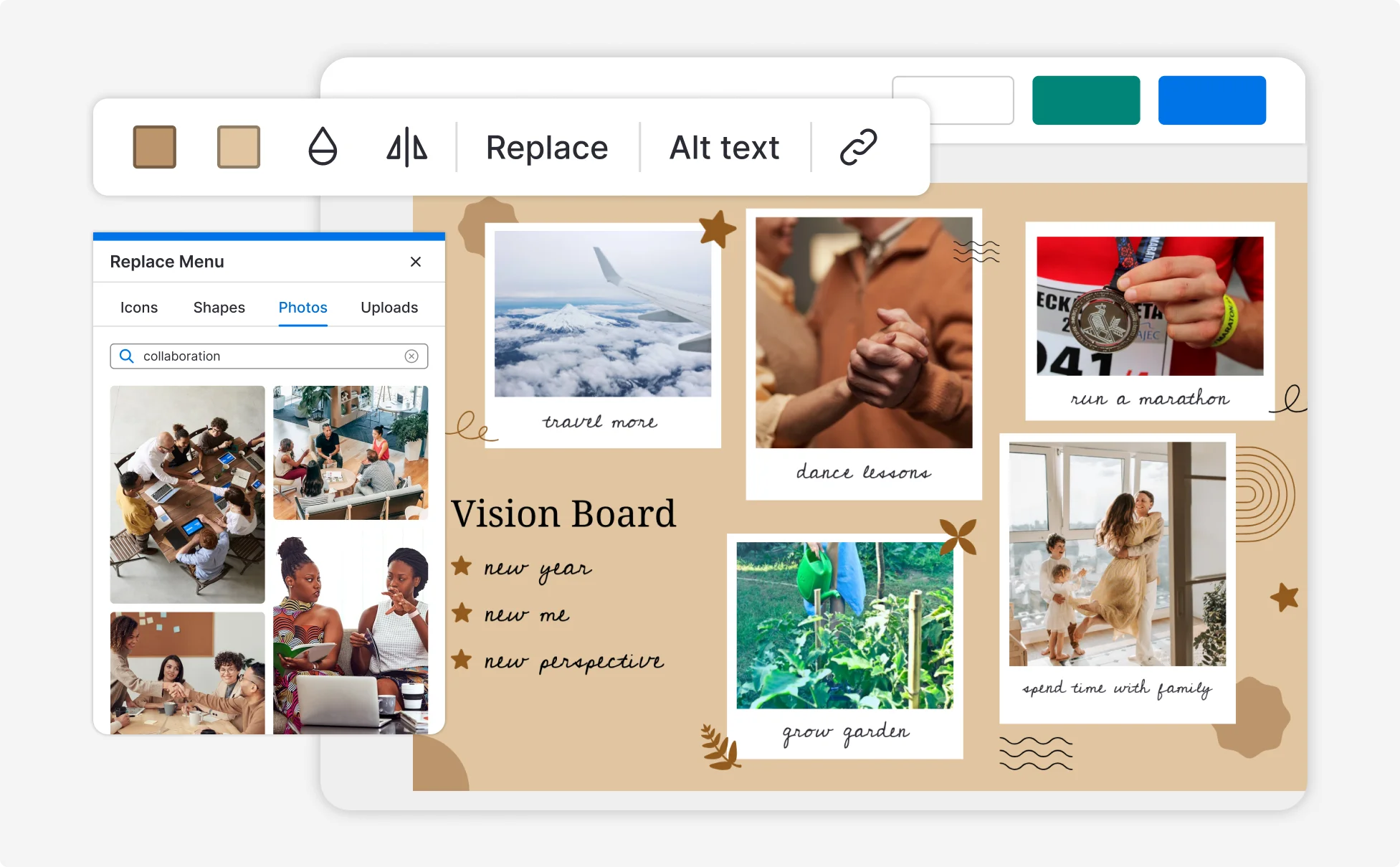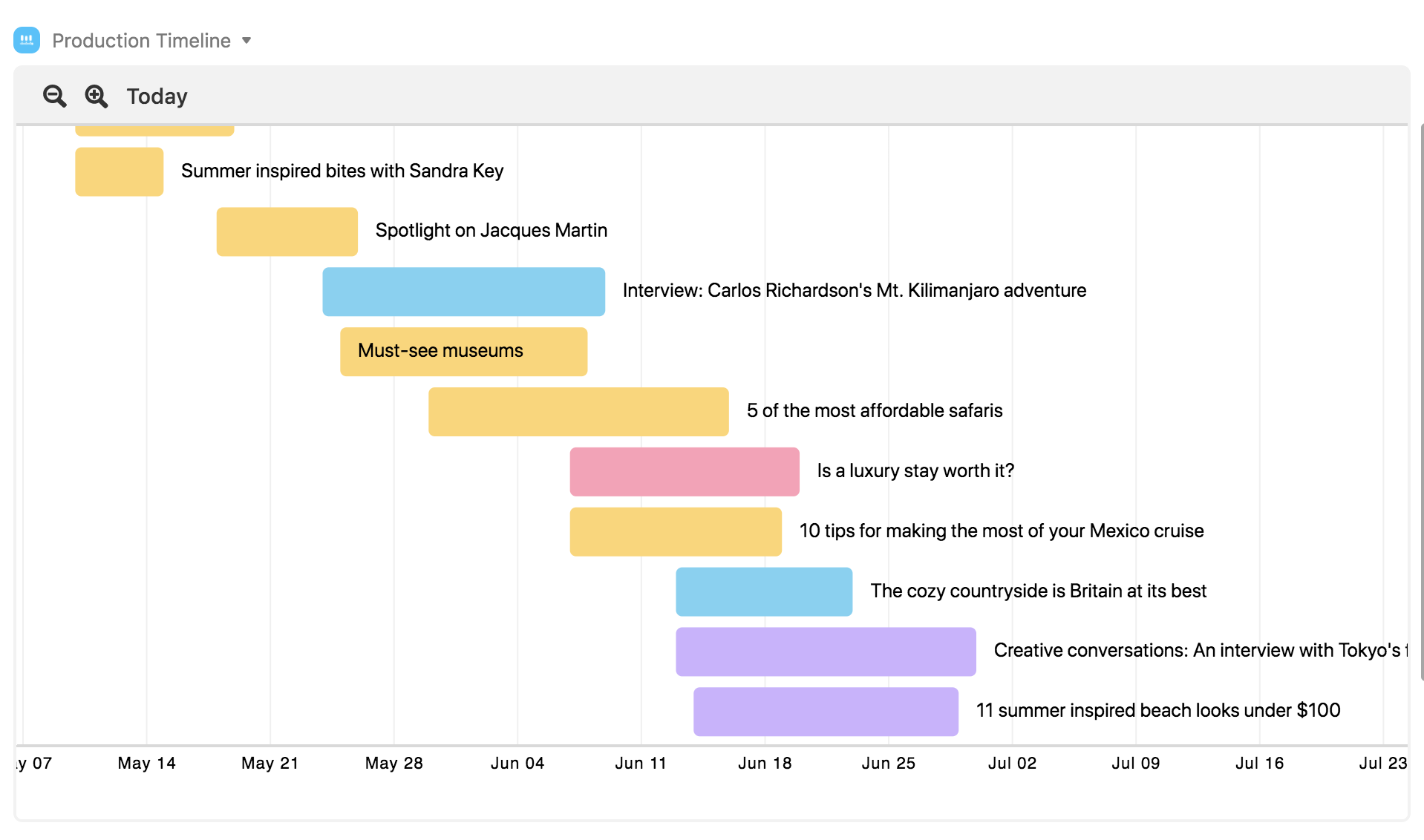Managing digital content creation can be complex and demanding, especially for content managers and editorial teams who often juggle multiple projects at once. In this environment, the role of artificial intelligence (AI) stands out as a practical solution. AI-powered editorial calendars let you streamline your content planning processes, enhancing both efficiency and productivity for your team. With capabilities like smart scheduling, predictive analytics, and automated workflows, these tools allow you to focus more on strategy and less on the day-to-day tedium that often occupies your time.
This guide aims to provide you with insights into how AI can help transform your editorial operations. We will explore the current landscape of AI-powered editorial calendar tools, how they support real-time adjustments during crises, and how predictive trends can inform your content strategies. Additionally, we'll examine the ethical considerations inherent in utilizing AI for editorial processes and look at trends expected to shape the landscape in the coming years. By the end, you will have a solid understanding of how AI can serve as a valuable asset in your content management efforts.
Unlocking the Power of AI in Editorial Calendars
AI-powered editorial calendars are designed to alleviate the common challenges that content teams face with traditional scheduling methods. These tools integrate AI capabilities with editorial functions to streamline your workflow and boost productivity. By automating routine tasks—like scheduling meetings and sending deadline reminders—you can free up more time to focus on creative endeavors and strategic planning. Research indicates that AI can significantly improve scheduling efficiency by analyzing availability and optimizing meeting times without the usual back-and-forth communication that traditionally bogs down teams.
For instance, major publishers like The New York Times and BuzzFeed have adopted AI tools to enhance their editorial processes. Software such as ProseVision and CoSchedule uses various features to automate content scheduling and provide insightful analytics, allowing you to maintain an overview of editorial performance and resource allocation.
Description: A diagram illustrating the transition from traditional editorial calendars to AI-powered systems, showcasing the benefits of automation (Source: Airtable Blog)
Streamlining Content Planning with Intelligent Automation
One of the most significant advantages of AI in editorial planning is its intelligent automation features. Tools like ProseVision incorporate smart scheduling capabilities that help manage content deadlines and workflow adjustments with minimal manual input. With intelligent automation, you can set triggers for notifications tailored to team members’ behavior and preferences, ensuring everyone stays informed about upcoming deadlines without overwhelming them with unnecessary prompts.
BuzzFeed exemplifies this approach by utilizing AI to streamline its content scheduling, which has improved the speed and flexibility of its editorial processes. This adaptability allows their editorial team to respond quickly to trending topics and audience engagement, thereby enhancing the overall relevance and impact of their content.

Description: A touchscreen interface showcasing a digital room scheduler, representative of automated scheduling capabilities available in tools like ProseVision (Source: Poe Texas)
Adapting Editorial Strategy During a Crisis with AI
Crisis situations often call for swift adjustments to content plans, and AI can facilitate these changes effectively. AI-driven tools can assess risk factors in real time, providing analytics that inform your content decisions. For example, if breaking news occurs, AI can analyze social media trends and suggest immediate content adjustments that align with audience demand.
The New York Times effectively utilizes an AI tool named Echo, which assists editorial teams by providing insights on current events and audience interests. This capability enables them to refine content strategies based on real-time data, allowing for faster responses to changing circumstances.

Description: A flowchart depicting an AI decision-making framework, illustrating how AI can support editorial strategy adjustments in crisis situations (Source: ResearchGate)
Harnessing Predictive Trends for Content Creation Success
Predictive analytics allows you to utilize historical data to inform future content strategies, helping you anticipate audience behaviors and preferences. AI tools are built to analyze past performance metrics, enabling you to optimize your content plan based on predicted engagement levels.
For instance, BuzzFeed reports a 90% success rate in audience engagement through the use of AI-driven content strategies that identify which types of content are likely to resonate with readers based on previous trends. By leveraging this data, you can enhance your editorial calendar to maximize relevance and profitability.

Description: A graph comparing predicted versus actual engagement rates, showcasing the effectiveness of AI-generated content (Source: Neil Patel)
Automating Editorial Workflows: The New Frontier
Workflow automation represents a transformative aspect of implementing AI in your editorial processes. By using tools that can seamlessly integrate with your existing marketing technology stacks, you can automate various aspects of your editorial workflow, such as task assignments and content approvals.
Research shows that teams leveraging automation can reduce their workloads by as much as 30%, enabling them to concentrate on higher-value initiatives. Integrating AI-driven tools helps streamline daily operations and fosters better collaboration within teams, resulting in more effective communication and project management.

Description: An infographic highlighting the automation process in workflows, relevant to editorial teams (Source: Freepik)
The Transformative Benefits of an AI-Driven Editorial Calendar
Adopting an AI-powered editorial calendar can lead to appreciable improvements in productivity and team collaboration. With better content performance tracking and analytics capabilities, you can obtain valuable insights into which strategies work and which do not, allowing for timely adjustments.
Moreover, AI tools provide real-time feedback on content performance, helping you pivot quickly based on audience preferences. Data indicates that teams utilizing AI-enabled editorial calendars frequently experience enhanced collaboration and long-term cost savings due to increased operational efficiency.

Description: A bar chart representing performance metrics across different projects following the integration of AI and RPA (Source: ResearchGate)
Navigating Ethical Considerations in AI Automation
With the integration of AI into editorial processes comes a set of ethical considerations. Data privacy is a prominent concern, particularly regarding user data management and protection. Implementing robust data governance frameworks is essential to mitigate the risk of unauthorized access and ensure compliance with regulations.
Transparency regarding AI-generated content is also vital. When your audience understands when AI is being employed, it helps maintain credibility and trust. Additionally, addressing biases in AI algorithms is crucial to ensure fair representation in the content you produce. Industry leaders emphasize the necessity of ethical guidelines to navigate these challenges in journalism and content creation effectively.
%20Infographic.png)
Description: An infographic that compares the advantages and disadvantages of using AI in content creation, relevant to ethical discussions (Source: Decipher Zone)
Future-Proofing Editorial Strategies with AI Innovations
Looking ahead, several trends are poised to shape the future of AI in editorial management. Emerging technologies will inevitably allow for hyper-personalization of content creation and delivery based on real-time audience insights. This means you can not only schedule but also customize content tailored to individual preferences at scale.
Adapting to ongoing changes in the landscape is crucial. By leveraging rapidly evolving AI technologies, you can foster both collaboration and productivity. As you consider future steps for your organization, invest in tools that facilitate integration with your current systems, allowing you to maximize efficiency while maintaining a competitive edge.

Description: A vision board image demonstrating various upcoming AI tools and concepts that could shape future editorial strategies (Source: Venngage)
In conclusion, AI-powered editorial calendars offer a myriad of opportunities for enhancing your team's efficiency, adaptability, and creativity. By embracing AI technologies, you can streamline your processes, adjust to changing demands, and ultimately strengthen your editorial strategies, paving the way for a more productive and engaging content experience.
As you explore these possibilities, remember that AI is meant to support rather than replace the human insight that is essential to quality content creation. By understanding and effectively implementing these tools into your workflows, you position your team to excel in an ever-evolving digital landscape.

கருத்துக்கள் (0)
உள்நுழைக சர்ச்சையில் பங்கேற்க அல்லது .